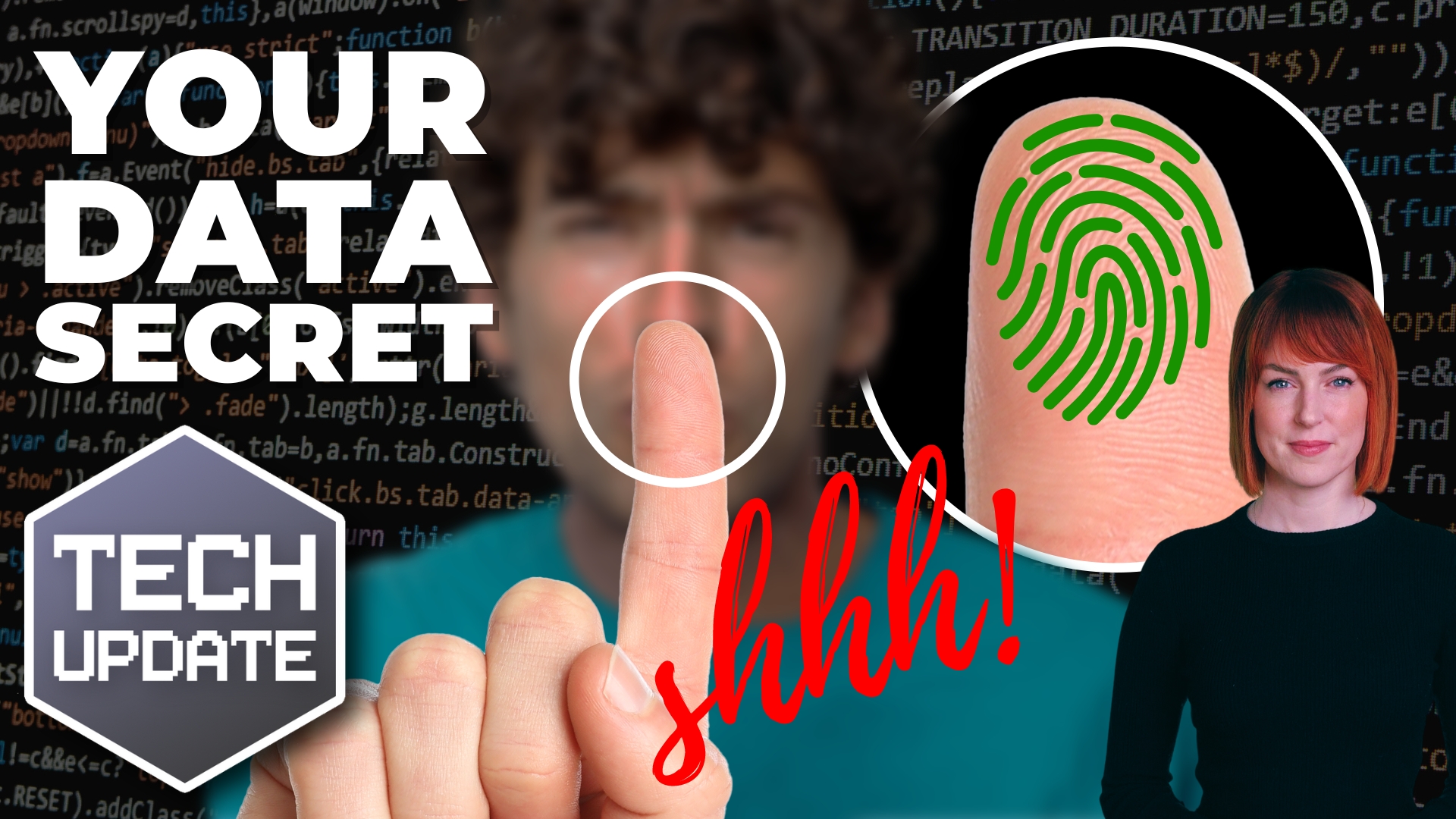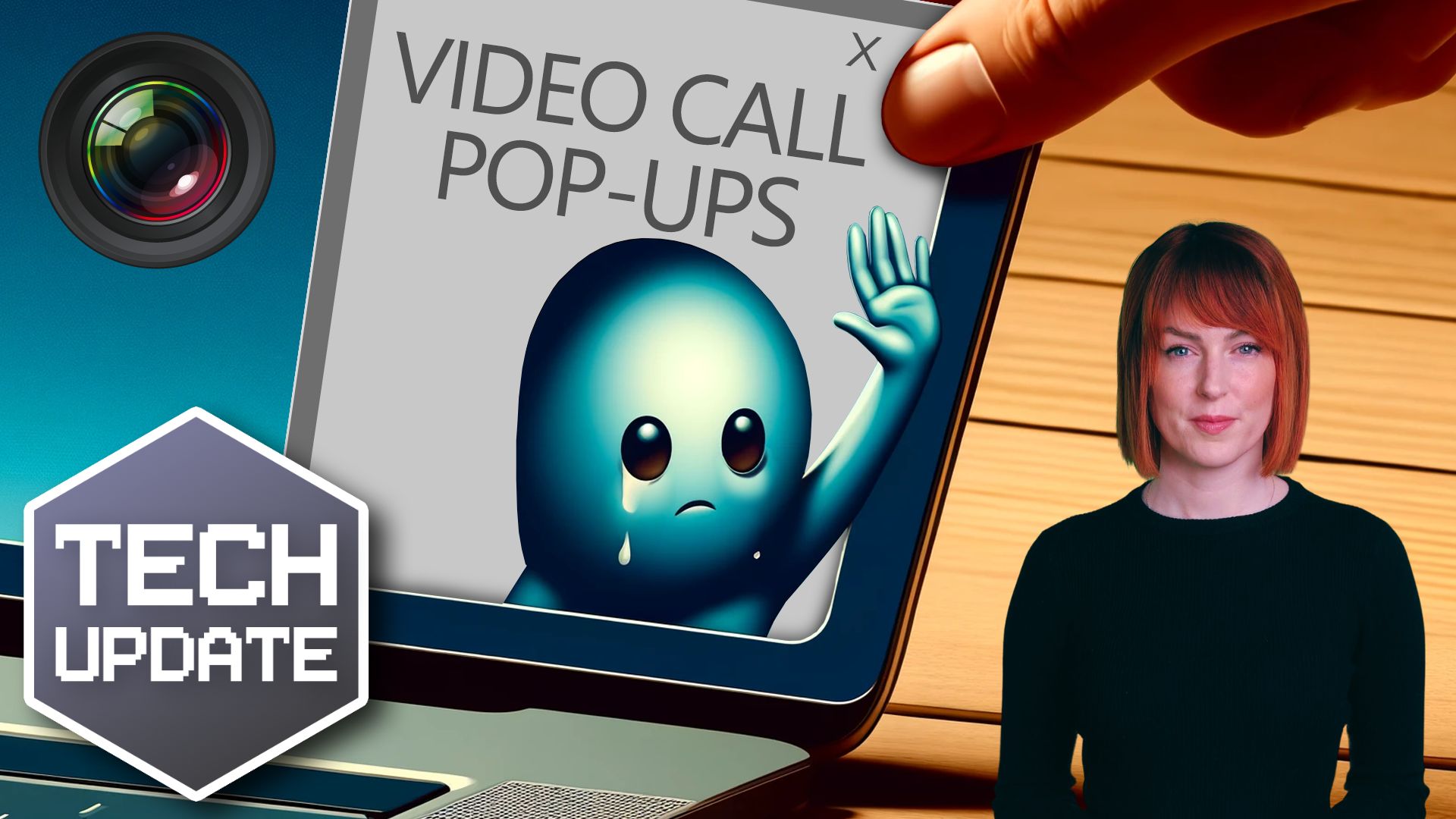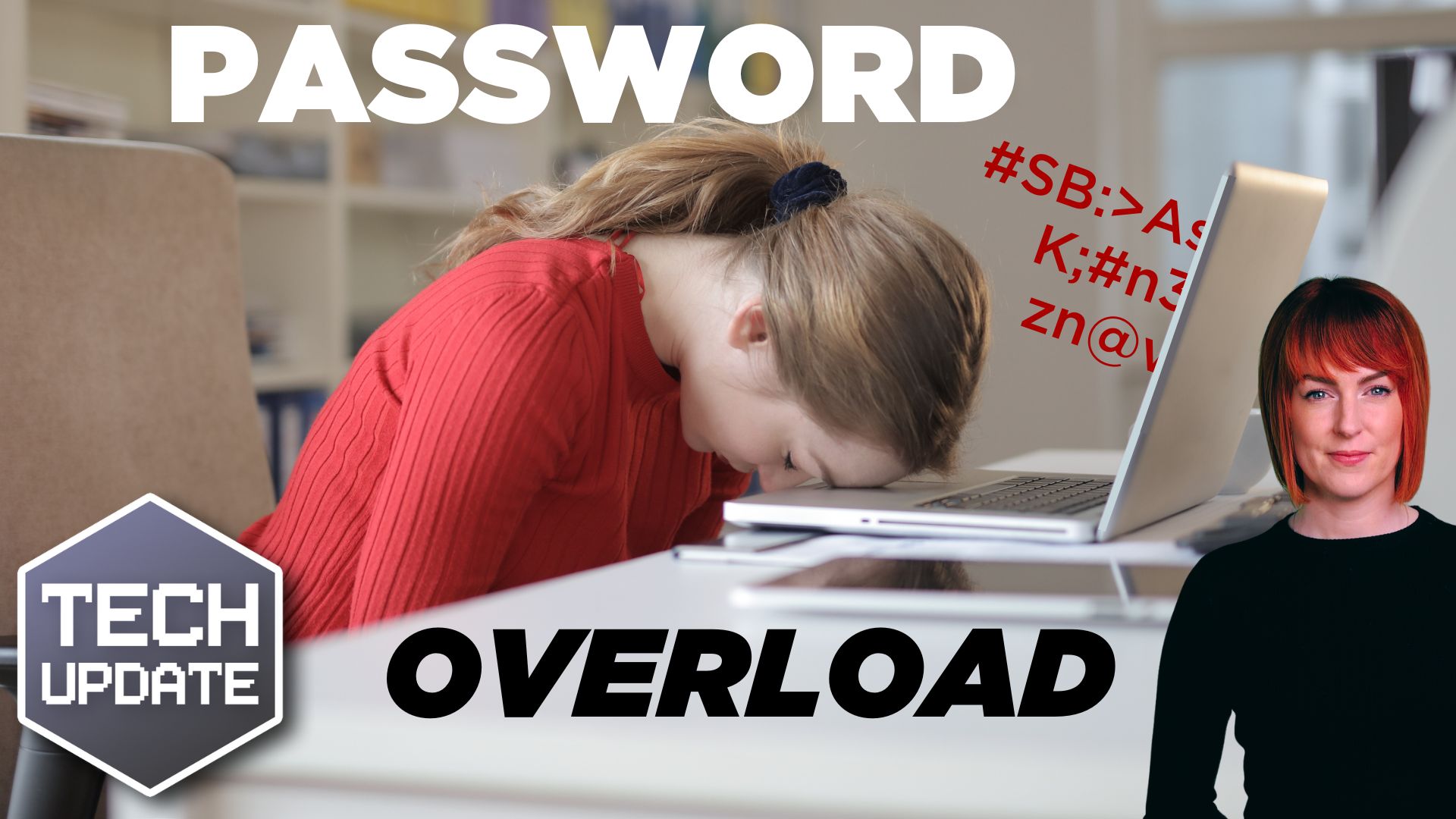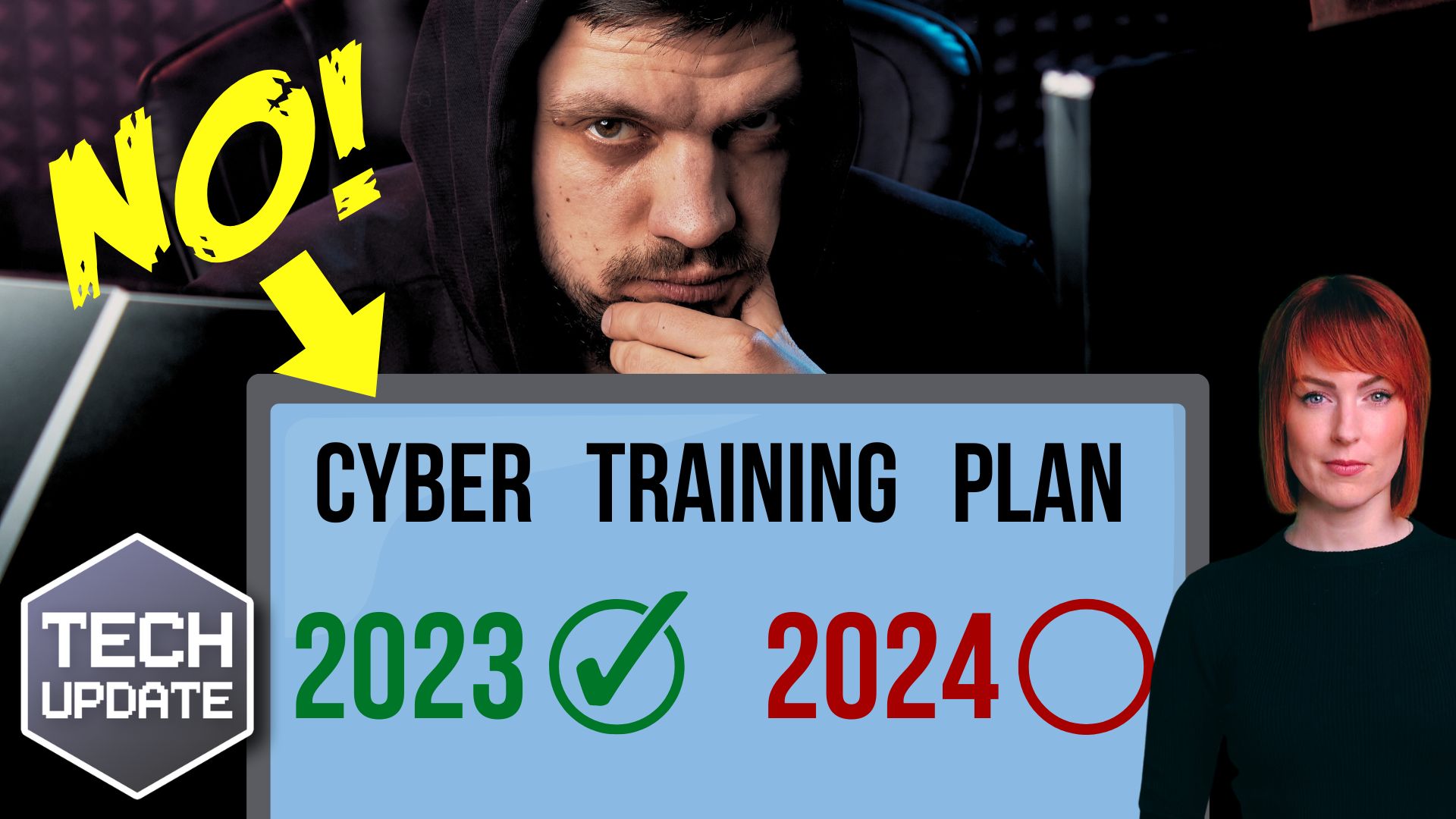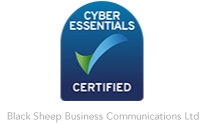You might hold the secret to data security in your finger
We all know how important it is to keep our data safe, whether it’s our business secrets or just personal info. Passwords used to be the number one way to keep things under wraps.
But are they still cutting it today?
According to a recent report, it seems many people are sticking to their guns when it comes to passwords, with only a small fraction opting for biometrics like fingerprints. But why the hesitation? It seems like everyone’s got data privacy and security on their minds, and that’s totally fair.
So, what exactly are biometrics, and why should we consider them as a more secure alternative to passwords?
Biometrics are all about using your unique physical or behavioural traits – like your fingerprints, face, or even your eye scan – to prove it’s really you. Unlike passwords, which can be forgotten, stolen, or cracked, biometrics bring a whole new level of security to the table.
Sure, there’s still some worry about biometric data getting into the wrong hands. But don’t worry too much. It’s rare and takes a lot of effort and know-how.
Biometrics are still a solid weapon in the fight against cyber threats. They’re not only harder to copy than passwords but also offer unparalleled convenience. No more struggling to remember a jumbled mess of letters and numbers… just a quick scan of your fingerprint or face, and you’re good to go.
But what if you’re not sold on biometrics just yet?
There’s an alternative: Passkeys.
These clever authentication methods offer another option to the old-school password. Passkeys use special codes unique to each person and are tough to phish (that’s when someone tries to trick you into giving away your login credentials).
By mixing biometrics with passkeys, you can make a big enhancement to your business’s security without making your staff’s lives harder (in fact most people find biometrics and passkeys easier).
Passwords may have served us well in the past, but it’s time to embrace new, safer methods of authentication. Need a hand implementing biometrics or passkeys? We can help – get in touch.


